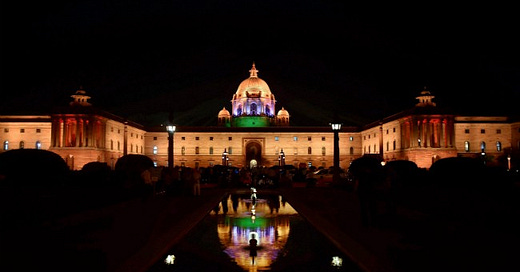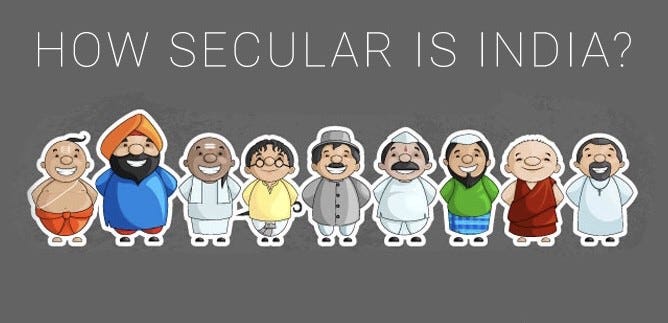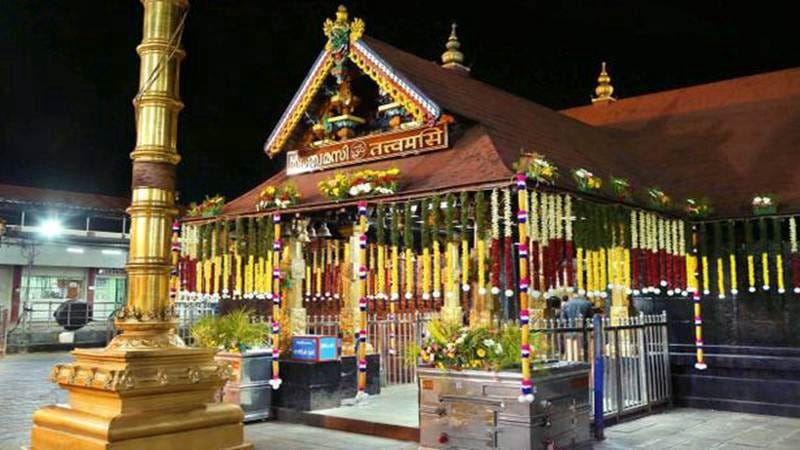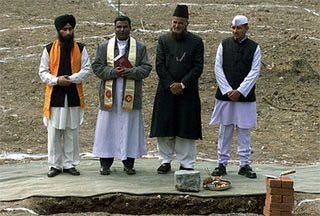Sovereign Socialist “Secular” Democratic Republic India
Thank God, India is not a “Secular” country, in the literal sense
Thank God, India is not a “Secular” country, in the literal sense
Preamble didn’t initially contain the “Secular”
The Constitution of India that was adopted by the Constituent Assembly on 26th November, 1949 and came into force on 26th January, 1950. Neither the word “federation[1]” nor “secular” found any mention in the initial version of the Preamble. The words “Secular” and “Socialist” were inserted in the Preamble by the 42nd Constitutional Amendment w.e.f. 3–1–1977, making India a “Sovereign Socialist Secular Democratic Republic”.
Meaning of the term “Secular”
The Cambridge Dictionary defines the word (adj.) “secular” as “not having any connection with religion”. For a more serious and thorough reader, who wants to learn why the Founding Fathers of our Constitution did not vote to use the word “secular” in the Preamble or elsewhere, is referred to the debates of the Constituent Assembly. However, for a rudimentary knowledge in this respect, one may refer to the recent article in the Indian Express referenced below[2]. The word “secular”, in the context of the Indian Constitution and Polity, attains a slightly more nuanced meaning. It does not, most certainly, imply that the Indian State or its Constitution has nothing to do with religion; it means, first and foremost, that there is no “State Religion”, or even a favoured religion” in India, unlike for instance in the “Islamic Republic of Pakistan”. Secondly, it implies that the State shall not discriminate between its citizens on the basis of religion alone (For example, Articles 14, 15 and 16). Thirdly, “all persons are equally entitled to freedom of conscience and the right freely to profess, practise and propagate religion.” (Article 25(1)).
About Religious Instructions in Educational Institutions
The “secular credentials” of our country are further embossed in Article 28, which is reproduced in the footnote below[3]. However, even this Article is not an absolute one in even in its plain reading. In Article 28 (1), the word “wholly” is important. Thus religious instructions can thus be imparted by the State-aided educational institution even where the extent of the State aid is, say, 90%. Article 28(2) permits also permits religious instructions even in a State-administered educational institution, provided the initial endowment/ trust requires so. No doubt, the Article 28(3) gives an individual student the choice to abstain from the religious instruction, the fact remains the religion has not been fully divorced from the activities of the State, including funding by it.
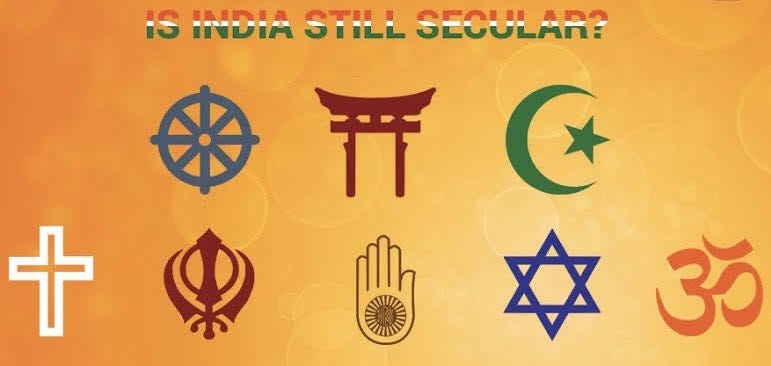
Right to Freedom of Religion
Let us now analyse Article 25[4] which is captioned “Right to Freedom of Religion”. On the face of it, the Article deals with the “Right to Freedom of Religion”. However, the exceptions and the enabling provisions of the State to legislate are equally important. For instance, as per Article 25(1)(a), the non-religious aspects or activities associated with religious practice can be restricted or regulated by law. The non-religious aspects include economic, financial, political and other secular activities associated with religious practice. This is not a provision that one would find in a Constitution that is “secular” in the literal sense of the term. The dividing lines between these activities can be fuzzy. For example, the offering or the donations made voluntarily by the devotees at a shrine can be regarded be as “religious practice” as well as an economic or a financial activity. Thus a law regulating the same may be construed as infringing upon the right to freedom of religion. It is also noteworthy, the Article 25(2)(a) applies to all religions, including Hinduism, Christianity and Islam, unlike the Article 25(2)(b), which is applicable only to Hindus, in the expanded connotation as per Explanation 2.
Reform of Religious Institutions and Regulation of non-religious Activities
Article 25(2)(b), read with Explanation 2, reveals that it applies to Hindu, Sikh, Buddhist and Jaina religious institutions of public character, in so far as it applies to throwing open of the same to all sections and classes or followers/ devotees. This is understandable, especially in the context of “untouchability” which was prevalent in these four religions. I am, however, unable to interpret firmly whether the phrase “social welfare and reform” in this Article is applicable only to these four specified religions, or whether it applies to all. Whatever, be the case it is amply clear that our Constitution enables the legislature to enact laws for “social welfare and reform” and the same cannot be challenged on account of their infringing upon the Right to Freedom of Religion. To my mind, the law abolishing the age-old practice of “Sati” that was prevalent among a section of Hindus, falls within this category.
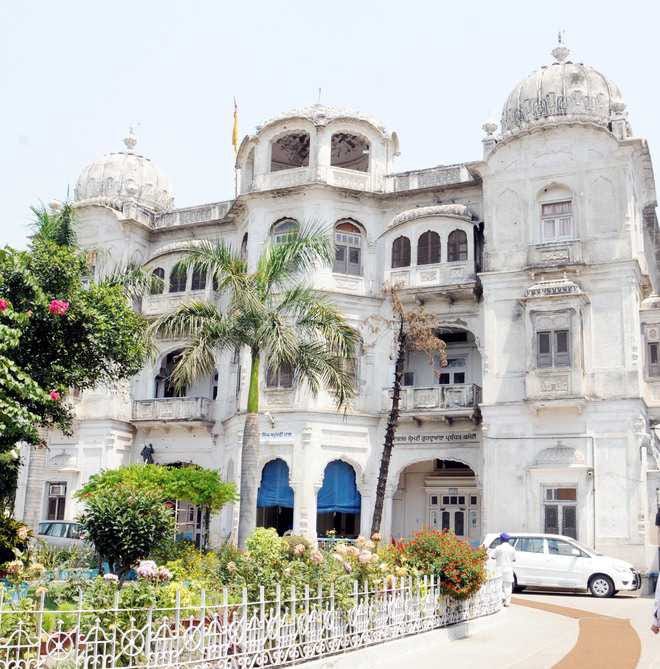
Special Status for Sikhs
As per Explanation I, the Sikhs are treated as distinct from the followers of all other religions, including the Hindus. Sikhism is definitely not subsumed by the Hinduism by virtue of Explanation II which is restricted in application only to the throwing open of religious institutions of public character to all classes. Thus the controversy that had raged in the early 1980’s in the context of Explanation II, it is respectfully submitted, was misinformed as Explanation I, which precedes the Explanation II, makes the status of Sikhism a religion very distinct and definitive. Perhaps no other religion is referred to so specifically the Constitution, while creating a Fundamental Right with reference to its religious practice.

Fundamental Rights of Religious and Linguistic Minorities
We now come to the “Cultural and Educational Rights” embodied in Articles 28 and 29 of the Constitution[5]. These are popularly referred to as the Fundamental Rights of the linguistic and religious “minorities”. On a plain reading, there does not seem to be any ambiguity that could possibly arise out of these two Articles. However, Article 29(2) and 30(1) are obviously in conflict, where a “minority” educational institution is funded substantially by the State. The question would arise whether such a “minority” educational institution — funded substantially out of the State funds — could give preferential treatment to the students belonging to its minority community, or whether the students would have to be admitted after totally disregarding their minority/ religious status? This matter was harmoniously adjudicated by the Apex Court in the case of St Stephen’s College vs University of Delhi[6], wherein it was held that up to 50% of the seats could be reserved for the students of the minority community, whereas the remaining shall have to be thrown open to the students belonging to other religious communities. However, in matters of quality of education etc., the minority institutions would be equally bound by the regulations of the affiliating universities or the regulatory bodies. This subject was subsequently adjudicated again by the Supreme Court in the TMA Pai Foundation vs the State of Karnataka[7], wherein it was laid that the fees of aided as well as unaided institutions — minority as well as non-minority — could be regulated by law, thereby allow profit-making but not profiteering. It was also laid down the “minority” status of a community shall be decided with reference to a particular State and not at the national level. In summary, the rights of the minorities, especially with reference to their educational institutions have been zealously protected by the Apex Court, with due regard, however, to the rights of admission of the non-minority students in case of substantial State funding.
Institutions by and for members of a religion
Before we part, we must refer to Article 16(5) of the Constitution[8]. This allows acts like the Sikh Gurdwara Act, 1922 and laws relating to the establishment and administration of Wakfs etc. to be good law, although these explicitly provide the office-bearers and/ or the electoral college of the same shall comprise exclusively of the members of the religious community in question. The Article 16(5) is, however, silent as to whether the legislature has the competence to make such laws in future or not?
Implication of the Sabarimala Case
The recent verdict of the Supreme Court in the Sabarimala case[9] is also very important in the analysis of the “secular” polity of the nation. In this case, the Fundamental Right to Equality (Article 14) of the citizen devotees was in conflict of the those of the religious community as a whole (Articles 25 and 26). It was not that the Fundamental Rights were being infringed upon by the State or its instrumentalities but rather by the community collectively, while running and managing a religious institution of public nature. The Supreme Court by 4–1 judgement has ruled in favour of the Fundamental Rights of the individual devotee, thereby giving primacy or precedence to the “secular” right of the individual citizen over the “religious” right of the religious community as a whole.
Meaning of Secular in the Indian Context
In summary, while the Preamble to the Constitution of India refers to the Indian republic as a “Secular” one, it is amply clear that this is — thankfully — not so in the literal sense of the term. Different religions have been treated differently in accordance with the socio-economic traditions (to have different civil codes, for instance) or rather enabling provisions have been added to the Constitution to allow this freedom to the legislature to do so in future. Similarly, the rights of the religious and linguistic minorities have been guaranteed through the Fundamental Rights and one can even argue that Articles 28 and 29 are not merely Fundamental Rights but rather a basic feature of the Constitution, in the context of the ruling of the Supreme Court in Kesavanada Bharti’s case. For those who fear a Hindu-majoritarian trend in the Indian polity, it may be a useful reminder that India is perhaps one of the very few countries where the minority communities have Fundamental Rights which even the majority community does not possess.
Conclusion
So, while the term “secular” makes good rhetoric, we know that the Indian Constitution very wisely treats the different religions equitably, wherever required, rather than equally in narrow sense of the term. The Courts have progressively propped up this feature of the Constitution. By no stretch of imagination can one argue that India is a “secular” state in the dictionary sense of the word — where the State has nothing to do with religion, and, thankfully so.
____________________________________________
K.B.S. Sidhu. The author is an IAS officer of 1984 batch of Punjab cadre. The views expressed are his own.
He can be reached on kbs.sidhu@gmail.com or @kbssidhu1961 or https://www.facebook.com/kbs.sidhu
_____________________________________________
[1] The word “Federation” does not still occur anywhere in the Constitution of India, although it is quite a fashionable rhetoric to refer to the federal nature of our country.
[2](https://indianexpress.com/article/research/anant-kumar-hegde-secularism-constitution-india-bjp-jawaharlal-nehru-indira-gandhi-5001085/).
[3] 28. (1) No religious instruction shall be provided in any educational institution wholly maintained out of State funds.
(2) Nothing in clause (1) shall apply to an educational institution which is administered by the State but has been established under any endowment or trust which requires that religious instruction shall be imparted in such institution.
(3) No person attending any educational institution recognised by the State or receiving aid out of State funds shall be required to take part in any religious instruction that may be imparted in such institution or to attend any religious worship that may be conducted in such institution or in any premises attached thereto unless such person or, if such person is a minor, his guardian has given his consent thereto.
[4] Right to Freedom of Religion.
25 (1) Subject to public order, morality and health and to the other provisions of this Part, all persons are equally entitled to freedom of conscience and the right freely to profess, practise and propagate religion.
(2) Nothing in this article shall affect the operation of any existing law or prevent the State from making any law —
(a) regulating or restricting any economic, financial, political or other secular activity which may be associated with religious practice;
(b) providing for social welfare and reform or the throwing open of Hindu religious institutions of a public character to all classes and sections of Hindus.
Explanation I. — The wearing and carrying of kirpans shall be deemed to be included in the profession of the Sikh religion.
Explanation II. — In sub-clause (b) of clause (2), the reference to Hindus shall be construed as including a reference to persons professing the Sikh, Jaina or Buddhist religion, and the reference to Hindu religious institutions shall be construed accordingly.
[5] Cultural and Educational Rights
29. (1) Any section of the citizens residing in the territory of India or any part thereof having a distinct language, script or culture of its own shall have the right to conserve the same.
(2) No citizen shall be denied admission into any educational institution maintained by the State or receiving aid out of State funds on grounds only of religion, race, caste, language or any of them.
30. (1) All minorities, whether based on religion or language, shall have the right to establish and administer educational institutions of their choice.
[(1A) In making any law providing for the compulsory acquisition of any property of an educational institution established and administered by a minority, referred to in clause (1), the State shall ensure that the amount fixed by or determined under such law for the acquisition of such property is such as would not restrict or abrogate the right guaranteed under that clause.]
(2) The State shall not, in granting aid to educational institutions, discriminate against any educational institution on the ground that it is under the management of a minority, whether based on religion or language.
[6] A.I.R. S.C. 1630 :(1992).
[7] AIR 2003 SC 355.
[8] (5) Nothing in this article shall affect the operation of any law which provides that the incumbent of an office in connection with the affairs of any religious or denominational institution or any member of the governing body thereof shall be a person professing a particular religion or belonging to a particular denomination.
[9] My analysis of the case after the Supreme Court reserved its judgement not had still not pronounced it.
https://medium.com/@kbssidhu1961/why-sabarimala-verdict-shall-matter-2ff166c077a7

